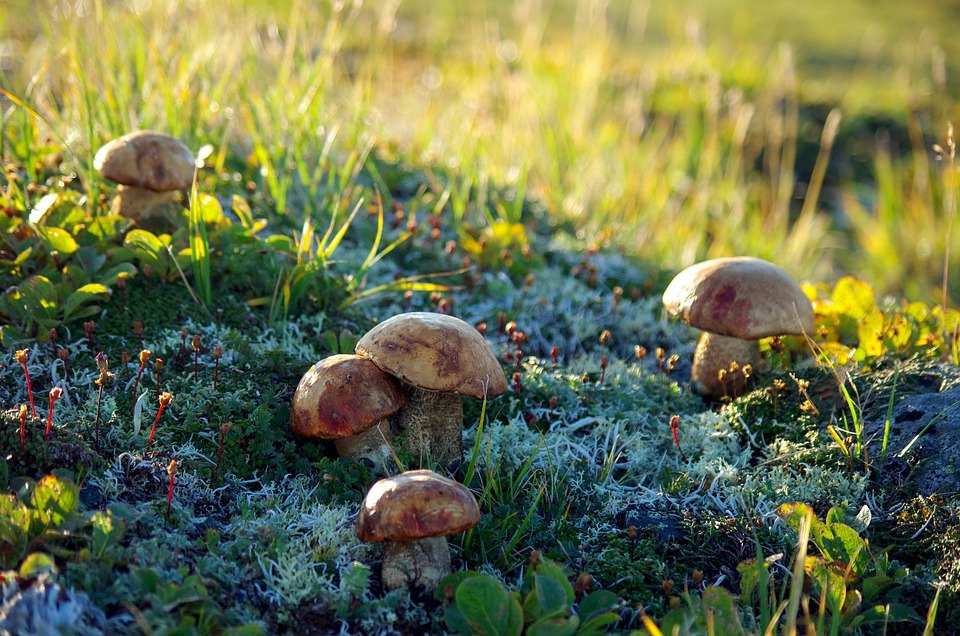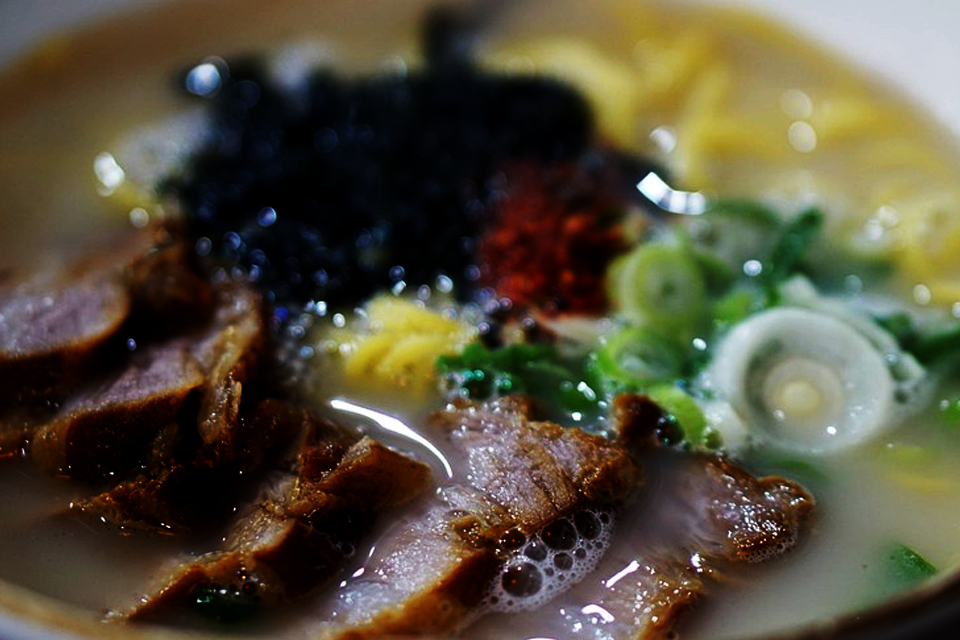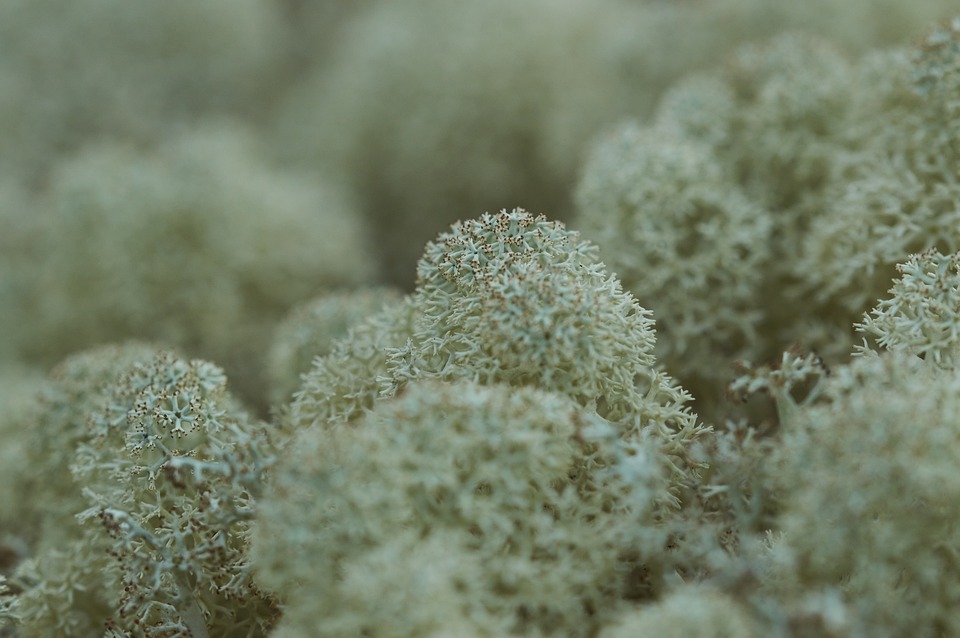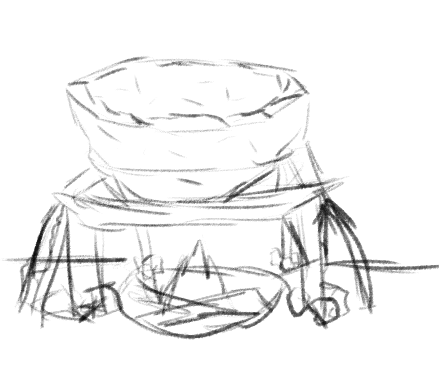Majru (/mɑd͡ʒɾu/)
Created in Tal by early Avvar-Kunrud settlers, Majru is the native cuisine of the Ero-Kun, developed based on the scarcity and necessity of survival within the harsh climates of the tundra.
History
As a seafaring culture, the Avvar-Kunrud carried with them a diet heavy in fish and salted meats, so adapting to the rough climate was a relatively smooth. As Jade refugees began to mix in with the settlers, they brought with them their love for delicate soups and broths and a deeper understanding of the local flora, combining their knowledge to create a rich (if limited) cuisine.
Alongside salted fish and cured meat, nutrient-rich lichen quickly became a staple. The plant is believed to protect the community from sickness while providing important nutrients for their survival, and so a little is added to most Majru dishes even if just as a garnish. The plant usually grows with other more poisonous flora and so a tradition of ritualistically preparing the lichen was formed and performed by members of the community picked for their attention to detail. This preparation became a core piece of the Majru cuisine, considered a blessing put upon the food to protect them from harm.
Execution
Ritual preparation is present in every step of the Majru cooking process, giving it the unique importance that defines it. If any step is fumbled the food is considered cursed, and extensive rituals of cleansing must be performed to deem it safe to eat.
Fish caught and killed are immediately prepared and salted, not allowed to sit for fear of negative influence infecting them. Any meat farmed and caught is blessed once per day and, again, immediately prepared upon slaughter. Diseased or sick animals are separated from the herd or led away from the settlement and set free to protect the rest of the supply.
Lichen gathered is carefully washed, separated and sorted for impurities. Prayers and chanted blessings are usually sung while this is performed, and the process is repeated at least four times before the lichen is deemed safe. Any other plants and herbs foraged or farmed are also sorted and stored during this time.
Any stored or preserved food is blessed once per day, including the salt gathered. When meals are put together they are done in bulk and stored in blessed ice, and prayers are spoken over the food as it is prepared by members of the community specifically trained in the art.
Components and tools
Lichen and plants are sifted and sorted through a series of tools. First used is a sieve weaved from strong fibres held under poured water, clearing debris and unwanted insects from the plant. From there, the lichen is hand-sorted and usable material is transferred to a large stone bowl of water mixed with ash to cleanse it of impurities. The lichen is washed again, then transferred to a cauldron of boiling water where a Magi will observe and maintain the heat for up to an hour. From there the lichen will be left to soak in several changes of water.
All meats, stews and soups are cooked in a series of stone cauldrons over a fire pit maintained by a Magi. To cure meat and fish, racks made of bone or driftwood have been constructed to hang the meat from.
sketch of a cauldron
These are carved from stone and rested on a supportive frame crafted with bone, sod and stone over a fire pit dug into the ground.





